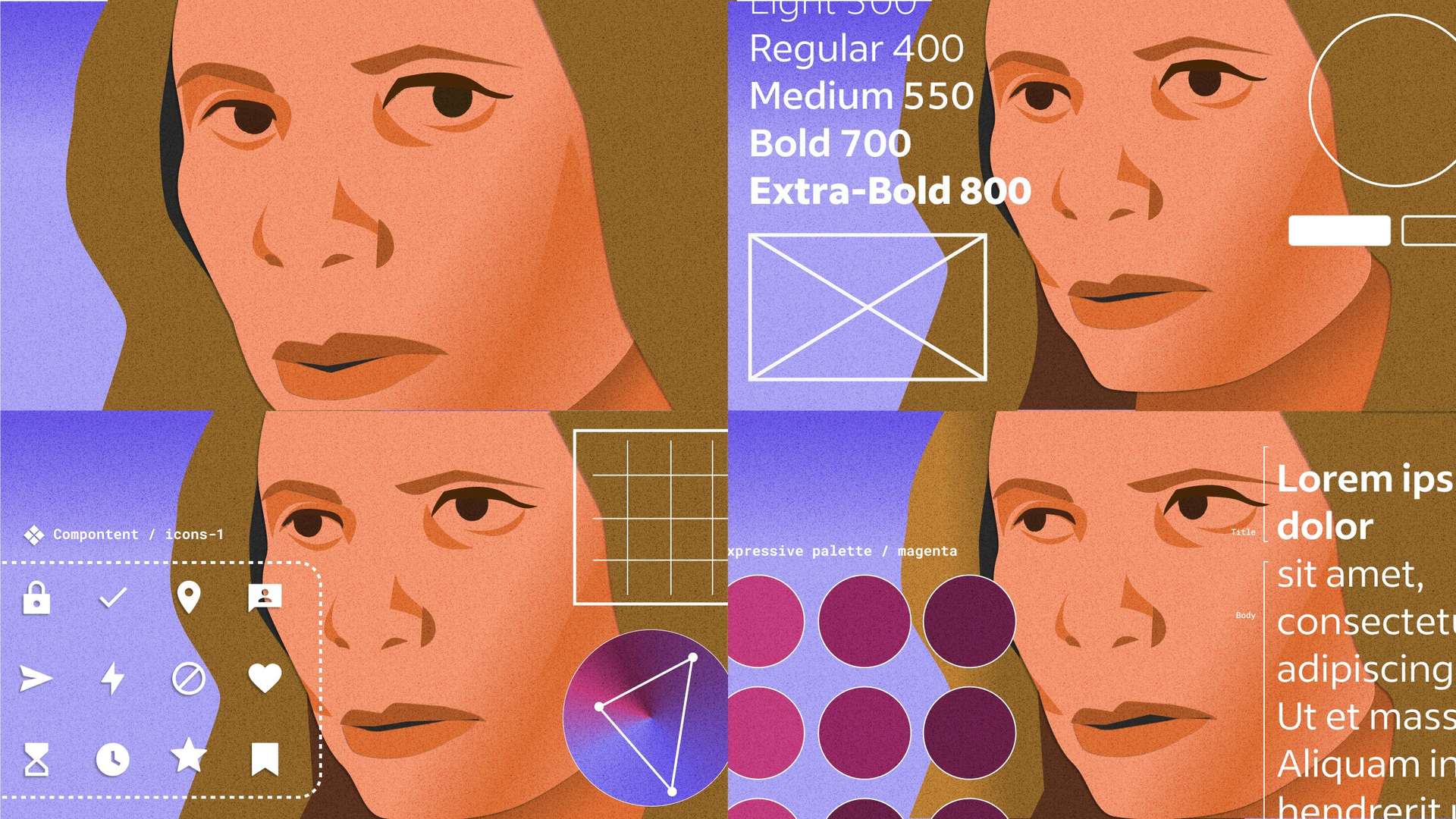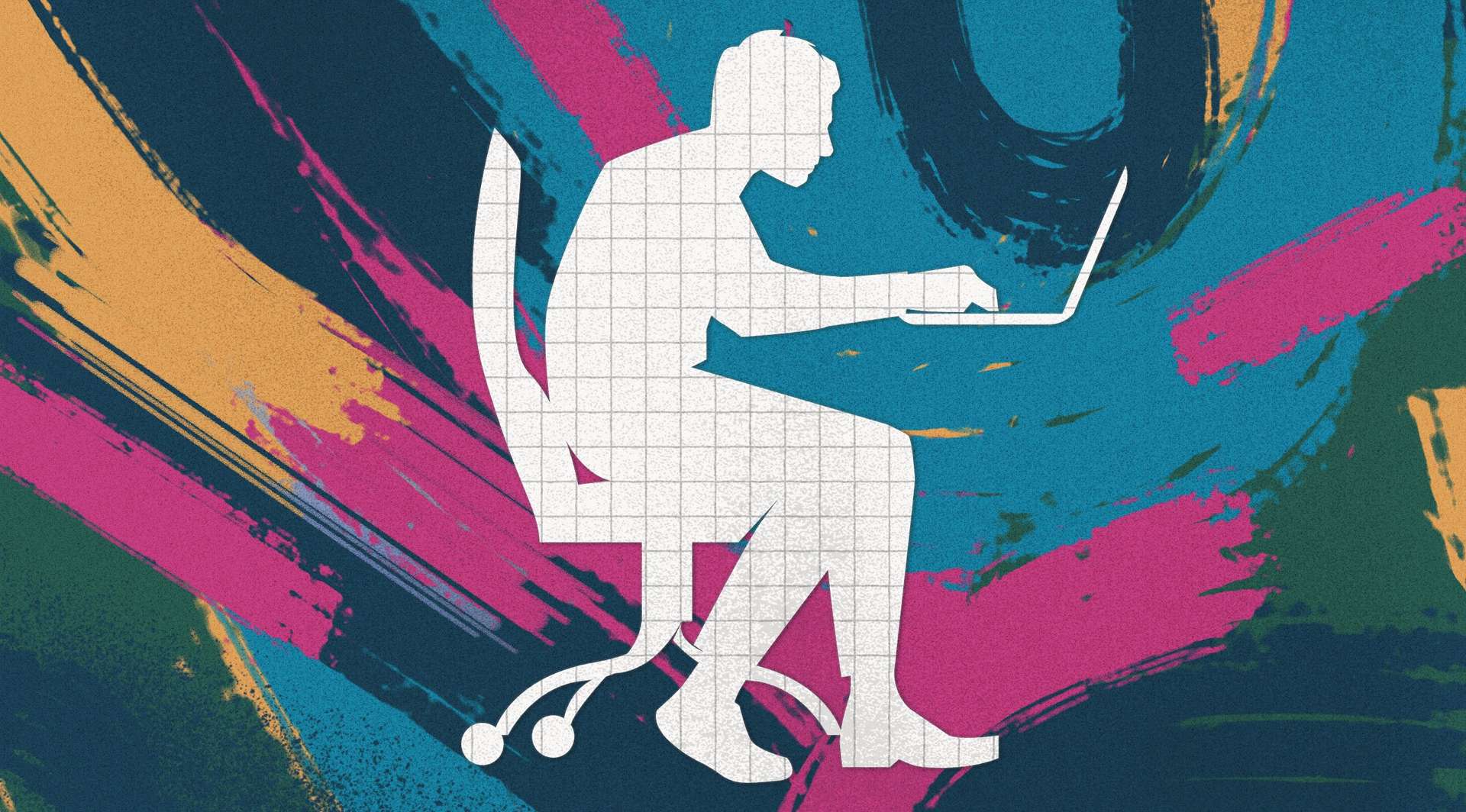UX researchers play the role of host a lot. We invite participants for research sessions; lead product teams through road mapping workshops; and gather various stakeholders for debriefs, readouts, and more. In many moments, UX researchers are responsible for creating environments that foster deep collaboration, elicit insights, and inspire meaningful change.
Yet UX research job descriptions rarely list hosting as a required skill. Sure, it’s a subtle aspect of the job that requires less training than technical research methods. But hosting is one of the most important ways UX researchers bring intention, humanity, and nuance to workstreams.
Outside of the professional world, hosting takes many forms. People gather for casual and social occasions: housewarmings, sporting events, and dinner parties. Hosting well also plays a role in honoring big life moments: weddings, birthdays, graduations, holidays, and more. In “The Art of Gathering: How We Meet and Why It Matters,” author Priya Parker states:
“Gatherings crackle and flourish when real thought goes into them, when (often invisible) structure is baked into them, and when a host has the curiosity, willingness, and generosity of spirit to try.”
Taking inspiration from Priya Parker and the hosts with the most, here are eight best practices that UX researchers can apply in their day-to-day roles.
Gather for a clear and specific research purpose
Inviting your inner circle over for a traditional Friendsgiving and a spaghetti potluck at the same time would make for a confusing menu. It’s the same when planning research activities with product teams or stakeholders. Instead of cramming in as many topics as possible to maximize an agenda, consider tightening the scope to a few clear and attainable goals. Your guests will thank you, and you’ll have a more fulfilling experience and focused output as a result.
Set expectations for your research activities
Think of scheduling like sending out party invitations. Can you simply and clearly state these details?
- Why people are gathering
- What you hope to accomplish
- How attendees can best show up
Sharing intentions by naming calendar invites to showcase an event’s goals, adding agendas to invites or pre-work, and kicking off sessions by re-grounding the team around your purpose unites attendees around a shared goal and provides insight into how to be a good guest.
Consider the unique needs of each research activity
Celebrations, like birthday parties and weddings, are often marked by similar rituals—like cake cutting, present opening, and even dance floors. But no two birthday parties or weddings are exactly alike; each is brought to life by the unique personalities and wishes of the honorees.
As a UX researcher, it’s easy to rely on tried-and-true practices. Yet, by going on autopilot, we may miss out on opportunities to keep activities fresh, engaging, and memorable for teams. What if, instead, you built on the clear purpose you established and asked yourself:
- What is the unique purpose of this gathering?
- What does my team need at this moment?
- What can I do to help us get there?
I recommend pausing to reflect on these questions with every new project. No two parties are alike, and the same is true for your research activities.
—
Is this article helpful? Subscribe to get occasional emails with new stories like it.
—
Collaborate with product managers and designers on a game plan
Party planning is not a passive art; it’s an active, hands-on approach to making things happen. Much of the work that goes into running an event smoothly goes on behind the scenes before it begins. As a UX researcher, you may assume it’s your job to run the show for many research activities. But you don’t have to carry the burden of planning on your own.
Instead, consider how you can collaborate with others, or delegate some responsibilities entirely. Product managers may be happy to share feedback on an agenda or lead a breakout room; designers may gladly set up a Miro board for brainstorming sessions or voiceover prototypes and feature ideas. By gathering input and sharing the workload, UX researchers can gain buy-in to events and more effectively socialize learnings.
Treat stakeholders like party guests
At the beginning of user interviews and screening calls, UX researchers often set expectations and build rapport with participants. Moderators will outline who they are, what they’ll cover, and what they expect from the participant. In doing so, they’re establishing trust that helps users feel safe—and in turn, encourages them to share more honest and thorough feedback.
What if UX researchers applied this principle with stakeholders, greeting them with the same warmth and care as guests at their gathering? Taking time at the beginning of workshops or read-outs to set a welcoming tone can help people feel more engaged and comfortable.
Expect the unexpected to gain better research insights
Regardless of how much preparation goes into a workshop, research session, or planning meeting, they don’t always work out as expected. A research participant no-shows, a prototype has an unexpected glitch, or an activity you thought would take 5 minutes takes 45. Agile UX researchers who can adjust plans on the fly—or recognize when the momentum in the room has surpassed the preset game plan—can guide teams toward more meaningful conversations and output.
Be kind to yourself
Party hosts will often agonize over the details when planning gatherings. Is the playlist right? Is the meat too dry? Is the house clean enough? Yet, guests rarely care (or notice) these details. More often than not, guests are simply happy to feel connected, helpful—and at the very least, well-fed.
Remember, the way UX researchers work is often as important as the work they produce. Taking time to shape an intentional environment where users, stakeholders, and guests feel considered will go a long way in creating meaningful, memorable experiences. But don’t be too hard on yourself if the plan didn’t work out perfectly this time. You’ve learned something valuable for the next round.
Consider yourself a host, no matter who you are
I can’t close this article without recognizing the gendered history of hosting. Typically hosting was unpaid work that fell on the shoulders of women and caregivers in society. In the United States, workers who identify as female earn less than their male counterparts. This article is not meant to encourage unpaid labor. Rather, it intends to encourage UX researchers of all gender identities to consider the unique role they can play in galvanizing stakeholders to make a difference for users.





